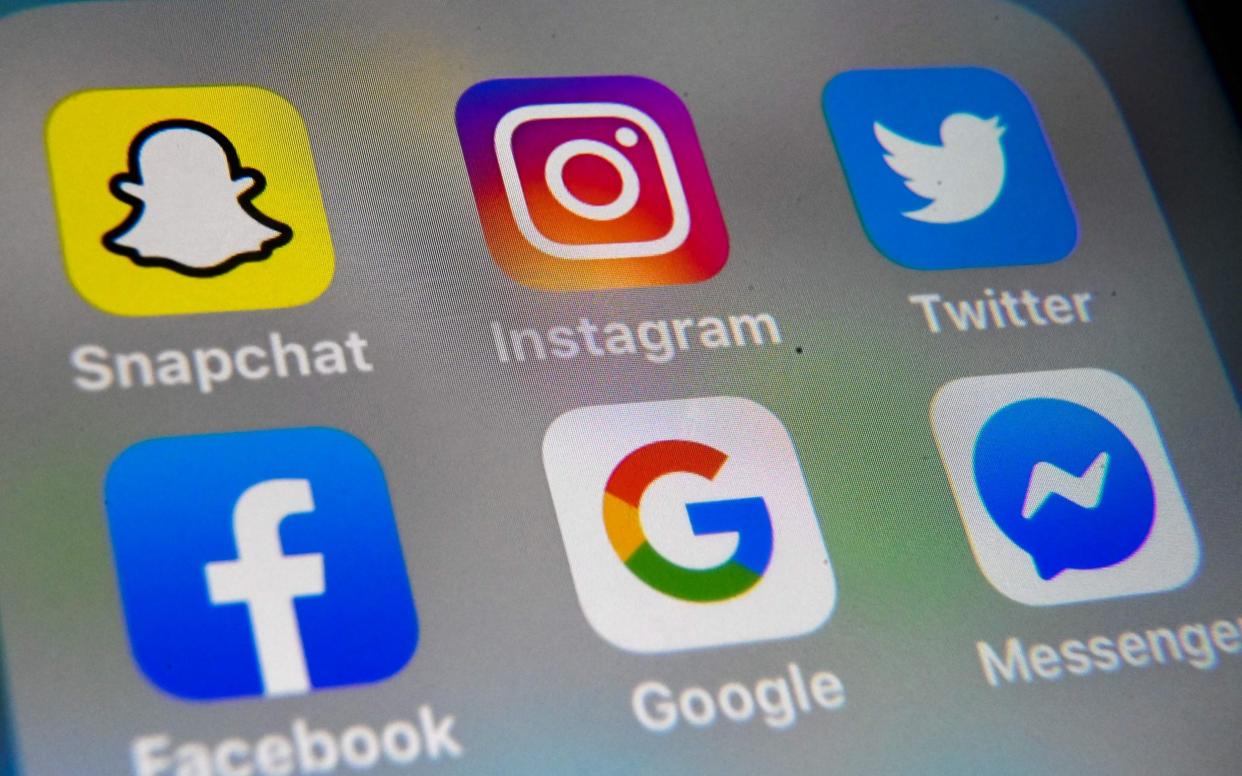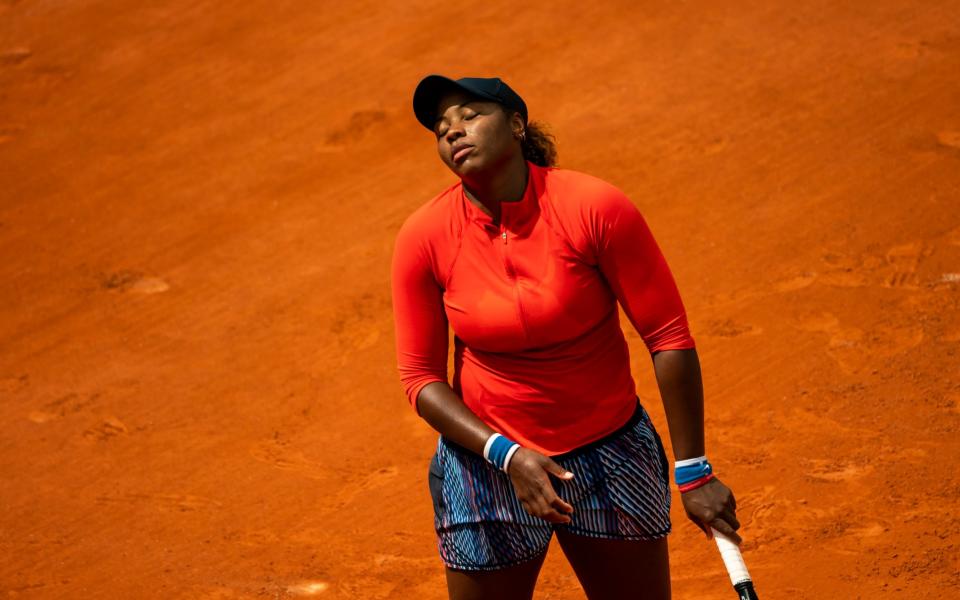Anonymous social media trolls who abuse tennis players face being unmasked after technology breakthrough

Anonymous trolls who attack tennis players online face being unmasked in a major breakthrough in the sport's fight against social media abuse.
The betting-data company Sportradar conducted a pilot investigation into around 70 abusive messages sent to the players at exhibition events in Germany and the USA. They discovered the real identities of 21 different culprits.
Some of those names – which were drawn from 12 different countries – have now been passed to police forces in the relevant jurisdictions. In other cases, social-media companies have been advised to shut down the abusers’ accounts, including the everyday accounts they use to communicate with friends and family.
Tennis players receive streams of hostile messages on social media platforms – mainly Instagram and Twitter – every time they play, and especially from disappointed bettors after they lose. Trolls are particularly harsh on women and BAME players.
After participating in the Exo-Tennis event in Atlanta in May, world No 74 Taylor Townsend found herself targeted by six of the 21 identified abusers. Townsend told Telegraph Sport that “people think they can attack you because of your skin colour”. In another case, a male player was threatened with physical violence, both against himself and his girlfriend.

Rodney Rapson, who ran the Exo-Tennis events in Atlanta along with the Tennis Point Exhibition Series in Germany, challenged Sportradar to identify the culprits. Sportradar already has an investigative division, who normally track match-fixing and betting fraud, and they used some of the same techniques in this pilot exercise.
The hateful messages were collected by Exo-Tennis’s social-media manager Oliver Warren, liaising with the players, and then sent on to Sportradar. “People know what they’re doing and how to hide themselves,” Warren told Telegraph Sport. “They might use three or four ‘burner accounts’. I could see patterns in terms of specific abuse from certain people that I thought were linked.
“There was one user who emailed us directly and said, ‘Why have you blocked me?’ - I went back and looked. There were all these references to roasting a pig on a skewer, all these cannibalistic and racist remarks. And they had the audacity to say, ‘Why have you blocked me?’”
Rapson is still investigating what he can do with the list of names generated by Sportradar’s investigation. The internet lawyer Yair Cohen told Telegraph Sport that the trolls have forfeited many of their normal data-protection rights by breaching the terms of the social-media platforms they use.
“There is the option of naming and shaming the abusers,” said Cohen. “These people often turn out to have everyday jobs, which they could lose if their employers find out.
“The key is to create a deterrent, by making people realise that there can be consequences for their actions. Take the analogy of verbal or racial abuse in a football stadium: if fans know there are cameras everywhere, they are far less likely to transgress.”
How did tennis start fighting back against the trolls?
Rodney Rapson, the Australian tennis veteran who had been staging lockdown exhibition events in Atlanta and Germany, forwarded a bunch of horrific messages to his contact at betting-data company Sportradar. The response came back: “We are up for going after these losers!”
A few weeks later, the experienced investigators at Sportradar’s Integrity Services produced a list of 21 real names and addresses behind the abuse.
Who could benefit from this pilot exercise?
People in all sports are targeted by trolls, although there are certain patterns. According to Rapson’s social-media manager, Oliver Warren: “Female black players are at the worse end of the spectrum, and there was also a lot of slut-shaming and body-shaming, across both men and women.
“Benni Hassan is a Muslim who had taken some time off and put on a bit of weight. Yesterday he sent me through 10 messages and, again, it was very racist and a lot of body shaming. There was one physical threat given to him. Nate Pasha, one of the American players, also got a physical threat.
The same person commented on his girlfriend’s Mother’s Day pic on Instagram with the same physical threat.”
What happened once the names had been gathered?
According to David Lampitt – Sportradar’s managing director of sports partnerships – there were four parts to the process.
“One: we assessed the threat level based on the location of the abuser and any background information we could gather on them.
“Two: we sent the details to the tournament organisers [Rapson], so they could decide how much they wanted to make the information public.
“Three: the information was shared with social-media companies.
“Four: in serious cases, where there was a potential legal issue, local law enforcement was informed.”
Rapson also brought in the Tennis Integrity Unit, which normally works on match-fixing cases, to help with certain aspects of this process.
What needs to be done for this effort to be sustained?
The TIU will soon be absorbing anti-doping efforts to add to its existing work against match-fixing. Why not bring anti-troll measures under the same roof?

 Yahoo News
Yahoo News 
